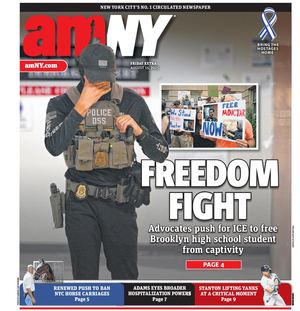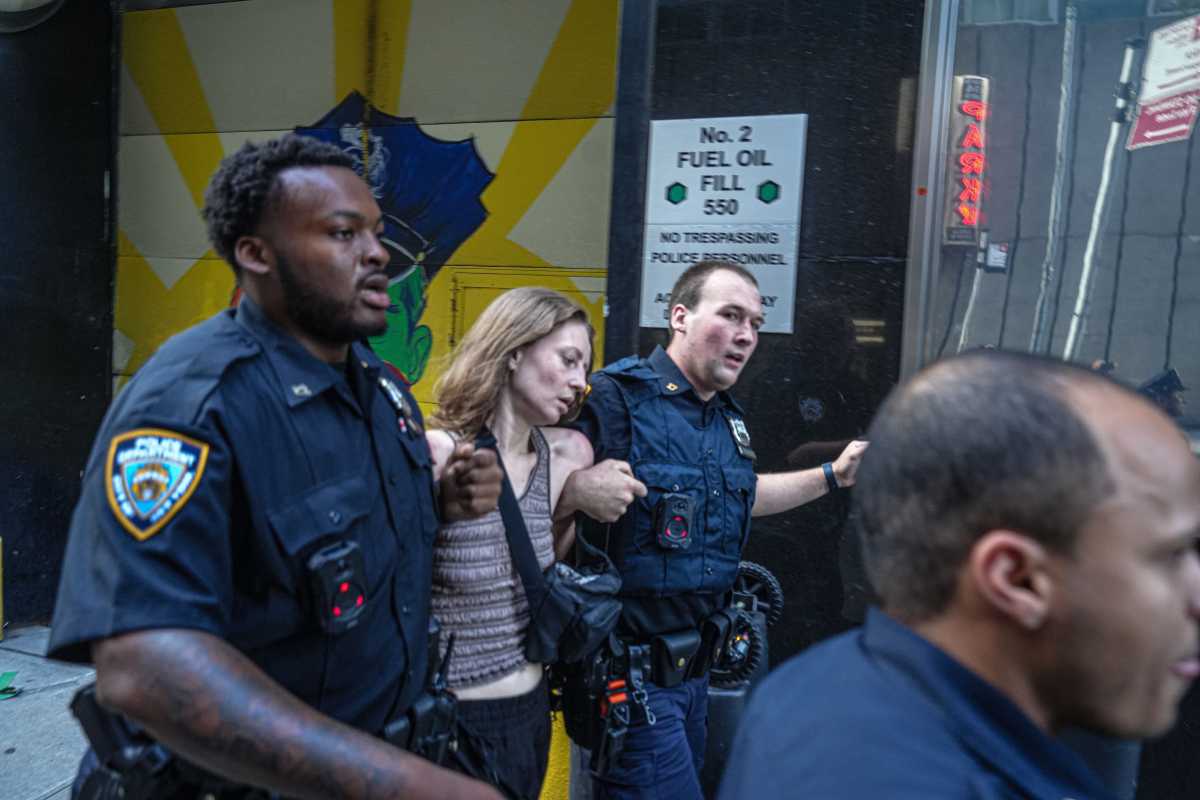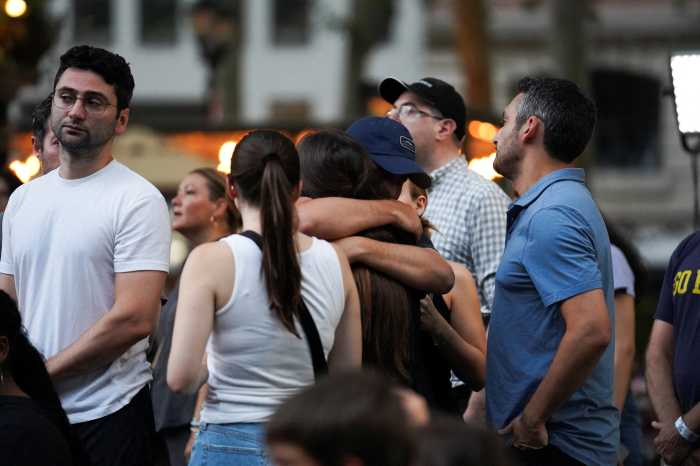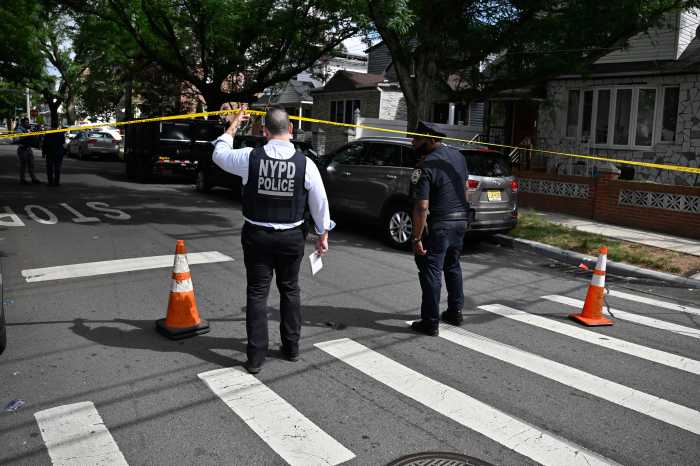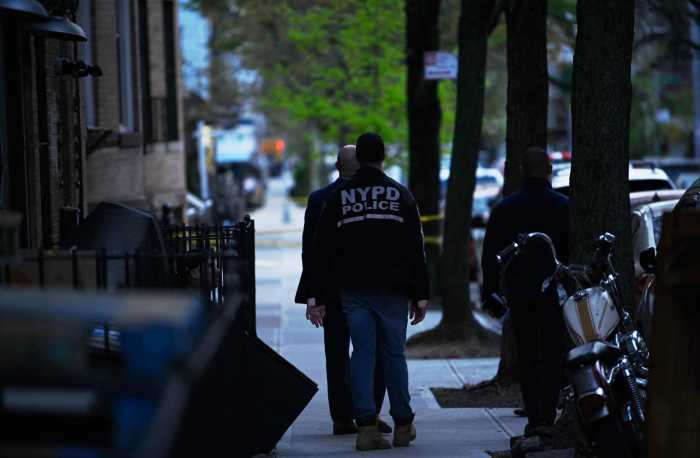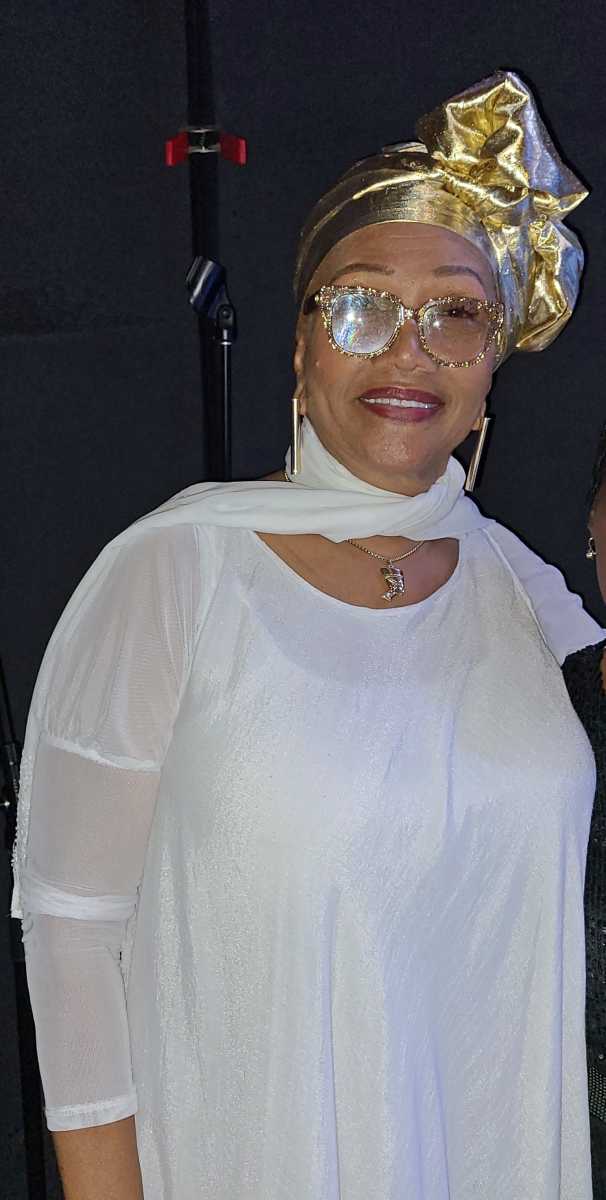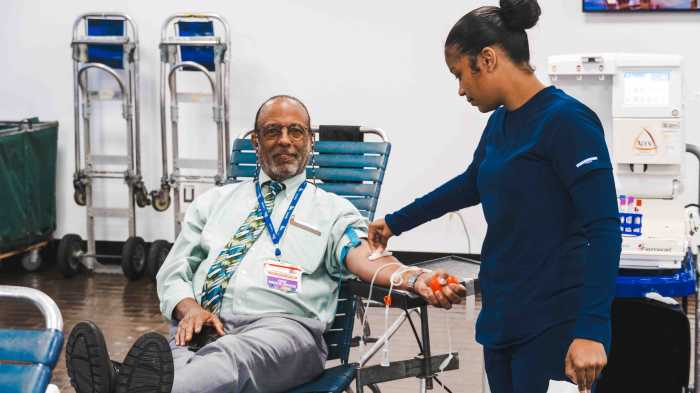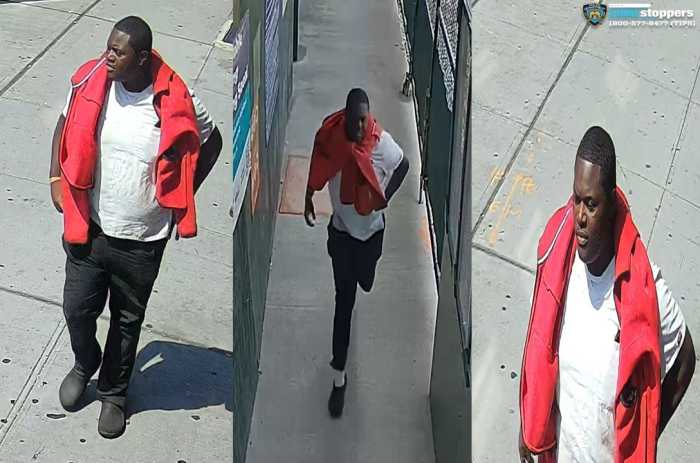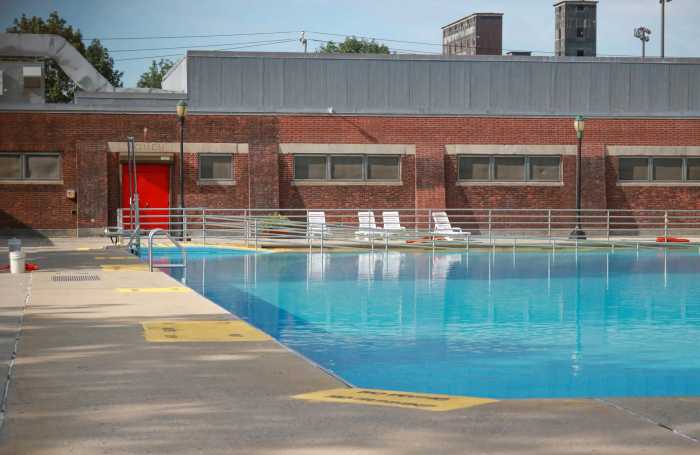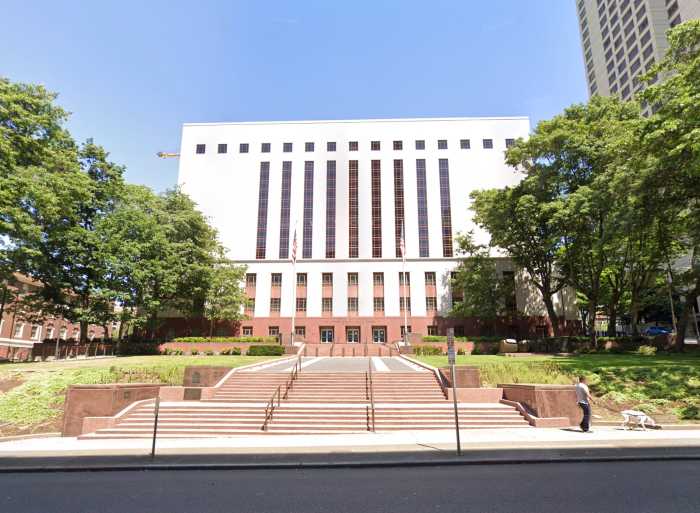Monday’s mass shooting in Midtown that left four people dead was the deadliest single gun-related massacre in New York City in 25 years, according to law enforcement officials and city data.
Tragic as it was, the city continues to defy a nationwide trend over those same 25 years in which hundreds of mass shootings have occurred around the United States annually.
The most recent fatal shooting at that scale in New York City was in 2000, when two gunmen killed five people while robbing a Wendy’s in Flushing, Queens.
Large-scale shootings are relatively rare in New York City, which has strict gun regulations and boasts the largest police force in the country. Midtown Manhattan office buildings rely on heavy police presence and some, including the Park Avenue tower where the shooting took place, employ private security, making shootings even more infrequent in the bustling neighborhood.
Police officials characterized the shooting on Monday as a “mass public shooting,” which the FBI defines as shootings where at least four people are killed. In such attacks, the perpetrator typically acts alone and does not directly know the victims.
Mass public shootings are particularly uncommon in New York City, partially because of the state’s restrictive gun laws, according to Jaclyn Schildkraut, executive director of the Regional Gun Violence Research Consortium at the Rockefeller Institute of Government.
Monday’s shooter, Shane Tamura, traveled with his AR-15-style assault rifle from Nevada, where gun laws are far less stringent.
The only other mass shooting in Manhattan since 1966 was in 1997, when a gunman shot seven people at the Empire State Building, killing one.
But Monday’s shooting still adds to a troubled history of less-deadly mass shootings in New York City over the past few decades, Schildkraut said.
“We need to be careful not to discredit the impacts of shootings that had large numbers of injuries but not necessarily fatalities, like the 2022 shooting in Brooklyn at the subway station, where 10 people were injured,” Schildkraut wrote to amNewYork. “Although those individuals thankfully survived, it does not mean the perpetrator did not intend to kill them.”
In April 2022, a man set off smoke grenades on an N train in Brooklyn and opened fire in the car, injuring 10 people who all survived. In 2017, a former doctor at the Bronx-Lebanon hospital injured six people and killed one woman.
New York state has also experienced multiple deadly mass shootings in the past 25 years, including a 2022 racist attack on a Buffalo supermarket that killed 10 people and a 2009 attack on a Binghamton immigration center that killed 13 people.
Looking for answers
Robert Garland, a retired NYPD detective whose organization is fundraising for the slain officer’s family, said the Monday shooting was unprecedented for New York City and blamed efforts aimed at reforming the police department for fostering crime.
“The blood of this officer and those people that were killed in that building is on everyone that is in office,” Garland told amNewYork. “Politicians are enabling this type of behavior because they know that people can walk right through the city and get away with doing whatever they want.”
Garland suggested reinstating the controversial stop-and-frisk policy, which was ruled unconstitutional in 2013, and removing restrictions on police officers. Some conservative leaders have also called for similar changes to policing in the aftermath of the shooting, arguing New York City is unprepared to fight crime.
Even so, New York state has the fifth-lowest gun violence death rate of any state in the country, less than one-third of the national average, according to a recent report from Johns Hopkins University’s Center for Gun Violence Solutions (CGVS).
Murders in New York City were down 41% in 2024 versus 2001, according to NYPD data. A report from the Council on Criminal Justice, an independent think tank, found that New York City had a far lower murder rate in 2024 than the majority of the United States’ largest cities.
Schildkraut said focusing on New York City’s policing policies overlooks the broader causes for attacks like the one on Monday.
“This is an individual who purchased a firearm in another state across the country, drove to New York, walked in a building, and opened fire,” Schildkraut wrote. “With the very limited amount of time between his vehicle and the building, there is not much, unfortunately, that our laws could have done, nor could any of those policies had an impact one way or the other.”
Joshua Horwitz, co-executive director of CGVS, said New York’s local gun laws have saved lives for years and the tragedy of the Monday attack does not change that fact.
“I want New Yorkers to take some pride in the accomplishments that’s been done, both from a programmatic and a policy perspective over the last 20 years,” Horwitz told amNewYork on Tuesday, emphasizing the importance of national reforms to prevent future mass shootings.
“Let’s remember New York has invested heavily, and it has paid off,” Horwitz added. “Nevada has a lot of work to do.”
The Monday attack was the 254th mass shooting, including fatal and non-fatal incidents, in the United States this year, according to data from the nonprofit Gun Violence Archive. There were 503 mass shootings in 2024.
